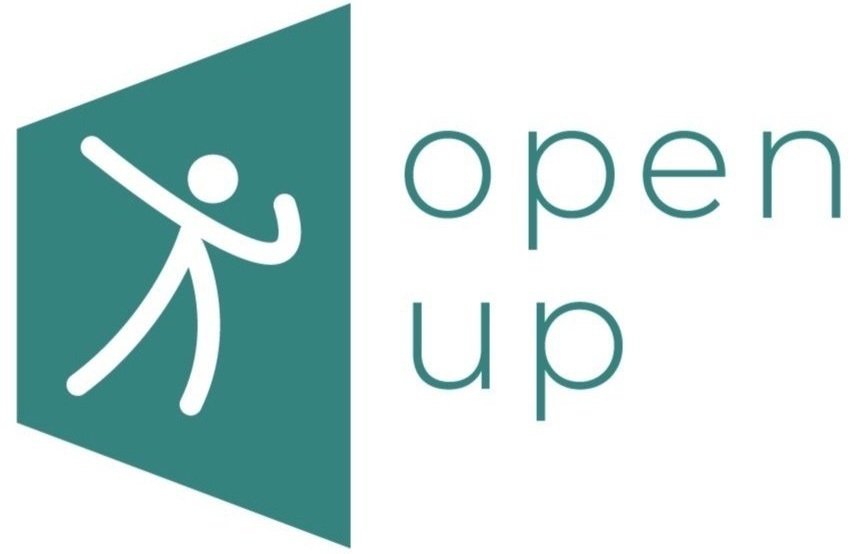Diversify Your Knowledge Of Communication Methods
Presented by LEND Pittsburgh: a series of inclusive resources and perspectives
"People like me, who use Augmentative Alternative Communication, are frequently, and wrongly, silenced. ... It takes patience and some intuition to start communicating with an AAC user. You have to be good at looking for cues in body language and facial expressions."
This personal experience shared by Anne Abbot, provides a glimpse into the importance of communicating with people who use alternative communication methods.
Augmentative Alternative Communication (AAC) is a device to support someone’s communication skills and allows them to “share ideas and feelings without talking.” There’s a range of technology preferences and opportunities for communication to be shared. A few AAC technologies you may see could be:
Picture board with images/symbols someone points to
Eye gaze device where someone looks at different words to say them
Devices with a head switch where a person listens to various options and makes a selection to communicate by pushing their head against a switch
Tablet (which can have a variety of different programs for communication) where a person selects different items by tapping the screen to communicate
People using AAC can interact with others just as verbal communicators do. It is important to make sure to include people using AAC in all conversations and ask them how they want to communicate. Sometimes AAC users may communicate verbally as well as use their device to support them in communication. Other times, a person may solely communicate through the use of their device. By asking this question it creates space for someone to express themselves in their preferred manner of communicating:
Each person using an AAC device will have different preferences related to how they communicate, just as verbal communicators do.
It may be helpful to ask people with AAC devices how they prefer to communicate at first
It can be beneficial to ask if the person needs any assistance with their device at times (ie. positioning, support navigating to different pages)
Provide ample time for the person using AAC to respond. People using AAC are incredible. There are a variety of different pages to select words for many users, so making sure to allow people to have time to share their message is super important.
Make sure not to cut people who use AAC off (unless this is something they like you to do)
Again, this can be determined by asking the person how they prefer to communicate. For example, some people who use AAC may like you to read each word as they select it, others may want you to wait and they will have their device produce a full sentence to speak to you.
ARTICLES TO KEEP LEARNING
Etiquette Essentials Chatting with Someone Using Tech to Talk
How to Be a Respectful Communication Partner
About the Author
Alanna Sullivan is a second-year graduate student studying Speech Language Pathology at the University of Pittsburgh. Through LEND’s partnership with Open Up she has enjoyed learning about Open’s Up mission and discussing how communication fits into it. She will be graduating this year and is moving to Boston to work in a special education school. Alanna is excited to take what she learned from this partnership to aid her students in communication both within the school and in the community.
This article is part of the In Lend Series

